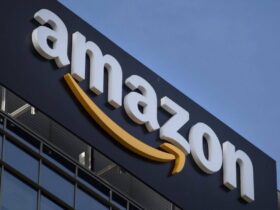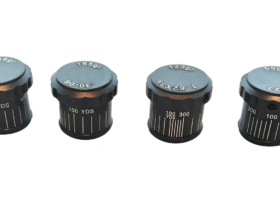Unlike ‘shopping’ in the traditional sense of the term, kitchenware is never an impulse-buy – it’s always a planned purchase. Only after people feel the need for something, a purchase is made. Further, kitchenware, dinnerware and crockery are not something that people buy on the go. According to Riedel Research, more than a third of people who purchased crockery or kitchenware researched (either online or offline) before they made a decision about the brand they wanted or the store they would buy it from.
Mintel research also finds that especially in Great Britain, the sales of small kitchen appliances, cookware and dinnerware are booming. As millennials hit the ‘cooking’ age where they are on a constant lookout for healthy recipes that can be whipped up from home and with minimum time spent and with the passion for cooking heating up the market with 41% of them say that they cook from scratch.
Prime time television exposure for cookery including the Great British Bake Off and MasterChef has generated a lot of interest in cookware and crockery and the drive for buying top range, elegant looking crockery has also increased.
Indeed the market for kitchen appliances is thriving, and stores – whether brick and mortar or completely online or both – need to understand how to capitalize on this and make the most of the market.
Marketing budgets for Kitchenware manufacturers and retailers have increased recently and many of them are more willing to explore marketing options that could help them with reaching out to audience that they would not be able to tap otherwise.
Crockery stores, need to diversify their marketing budgets to cover a spectrum of marketing means. Marketing strategies have been around ever since products and services have been around. Traditionally, word of mouth was the most powerful and the only way to spread the word. Then came the door to door marketing where sales people actually carried the products to potential customer’s homes and sold it to them. Well, then printers came, and the face of marketing completely changed! Flyers and life size printouts of advertisements became a way to communicate brand message and awareness. Around the same time, telephones made a huge difference! Tele-marketing was seen as a direct means to reach out to exactly those customers who have a better chance of actually converting. Finally, the digital age, where websites and digital marketing where reaching out to the remotest parts of the world was possible.
Marketing plan could include a combination or all of these strategies:
Print Marketing Products
Outdoor posters, Magazine printing, Folders and Brochures
Although it seems like the entire world is going digital, print marketing still has not lost its charm. Print Marketing still remains one with the widest reach and well, the more expensive option too. Litho posters, folder printing, cardboard cutouts and other printed materials such as brochures, catalogs (for product manufacturers) and such other print advertising could help gain traction in the very initial stages. It’s important however to understand, that Print Marketing is an expensive affair. Especially if you plan to print your advertisement on a hoarding or a billboard, marketers need to draw up a cost sheet that will fit the marketing budget. The ROI on print marketing is difficult to calculate too. There aren’t any exact numbers to show actual conversions. But, it’s a definite fact that the reach is maximum because, unlike a television ad or a website, people cannot switch it off or browse away –it’s right there! In front of your eyes!
Web
Ever since the dawn of the information age, a website has been equivalent to a business. Some businesses do not even require a brick and mortar form. Whether selling a product or offering services, Websites can do it all! Especially for Crockery stores, websites could be a very lucrative marketing channel if done right. User can browse your complete catalog within a few clicks and make purchases directly online.
Digital Marketing
Digital marketing is an umbrella term used to market your business over the internet. It includes SEO (Search Engine Optimization), SMM (Social Media Marketing), SEM (Search Engine Marketing) etc. With digital advertising becoming the primary marketing channel for all businesses, it’s essential to explore which digital channels are best suited for a crockery store. Well, if a sale is your target, Social Media platforms such as Facebook and Instagram are known to have greater results. Boost your business sales with top digital marketing agency in London.
Word of mouth
Word of mouth is one of the most effective means of marketing. Recommendations from friends and family or other business associates mean much more than any other sources. People tend to automatically trust your business because their friends have had a good experience working with you. Word of mouth is a sure way of building credibility. The closest thing to word of mouth in the digital world is social media. When your friend recommends a product, you are sure to consider buying it.
Tele-marketing
Tele-marketing is a means of direct communication. Rather than putting up flyers and distributing brochures, talking directly to prospects improves your chances of conversions. The power of a conversation is actually realized when you pick up the phone and contact your customers. Well, many times you get an instant feedback too – whether they would consider buying in the future, whether they would recommend it to their friends and if they aren’t interested in your products, then why?
Well, marketing for crockery stores could be a mix and match of all or some of the methods. But, before you begin, make sure that you have your budget and allocate it effectively amongst the marketing channels you choose.











